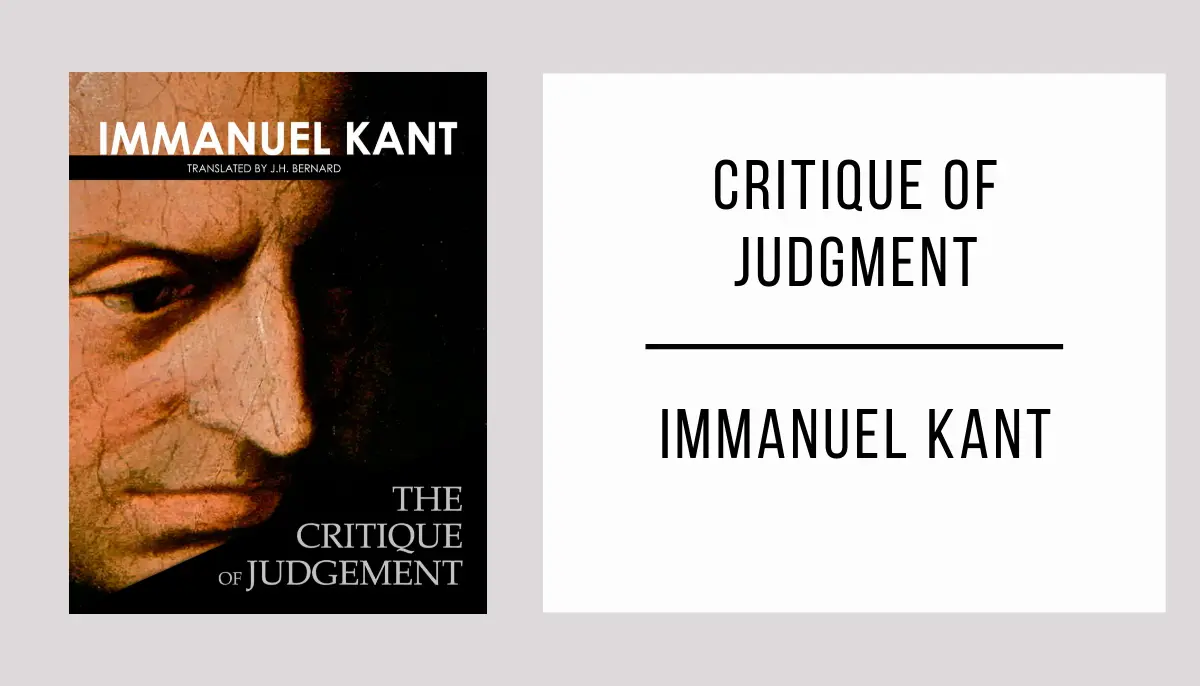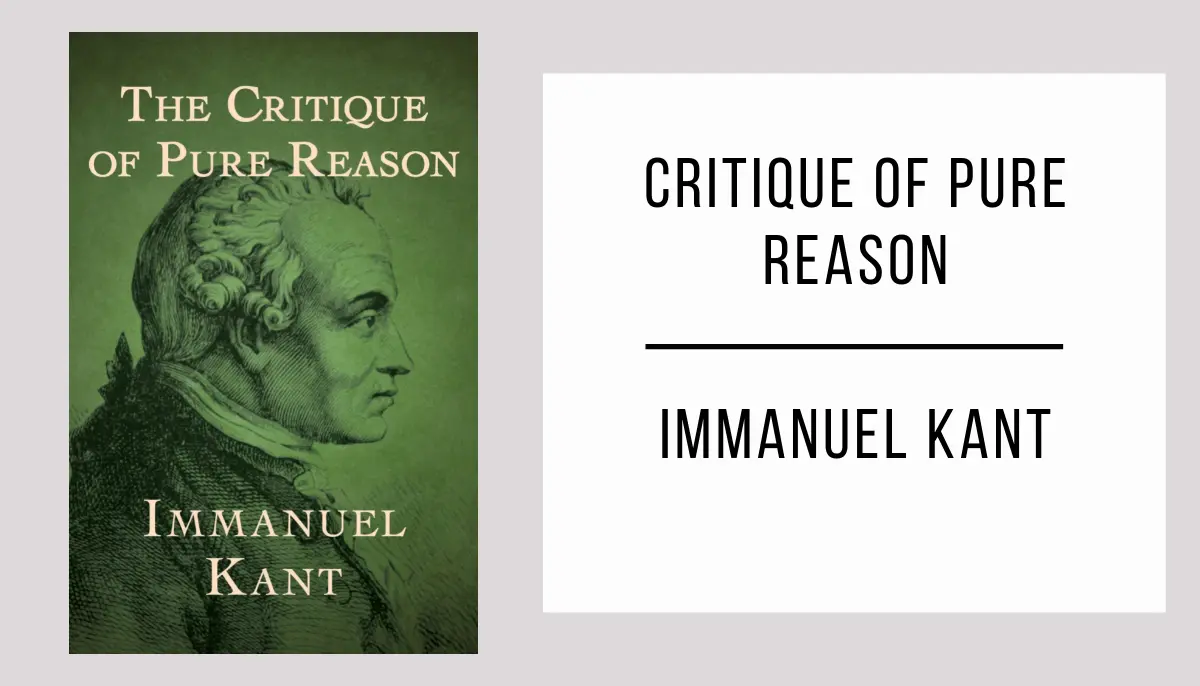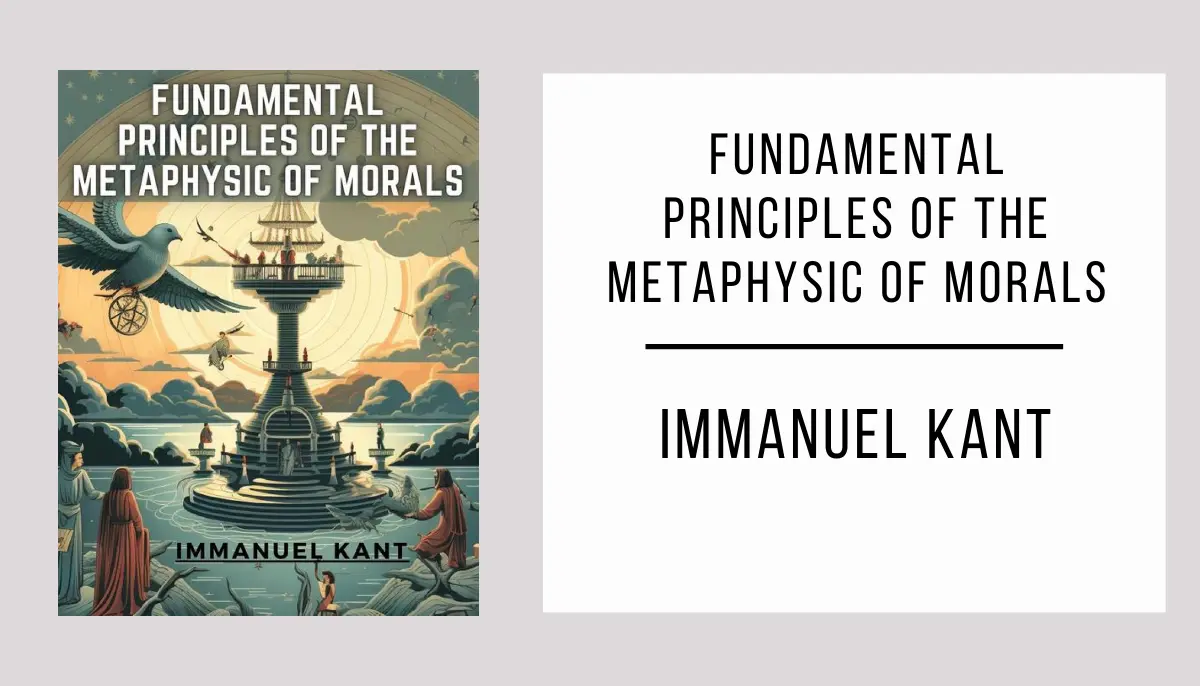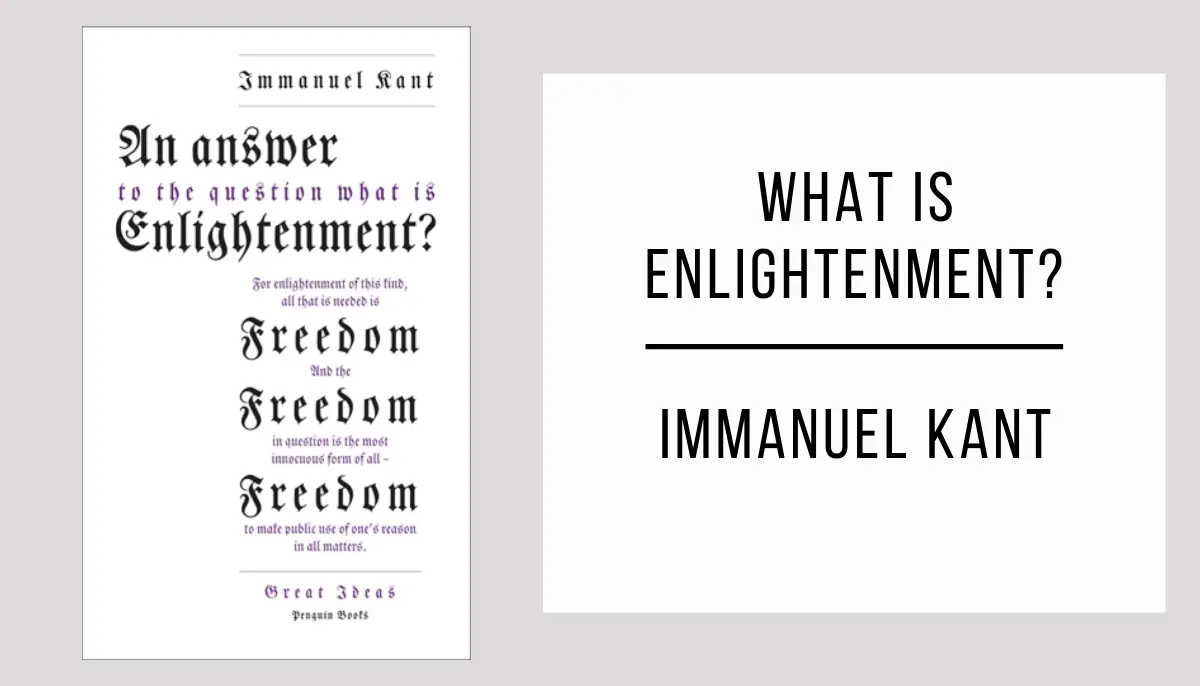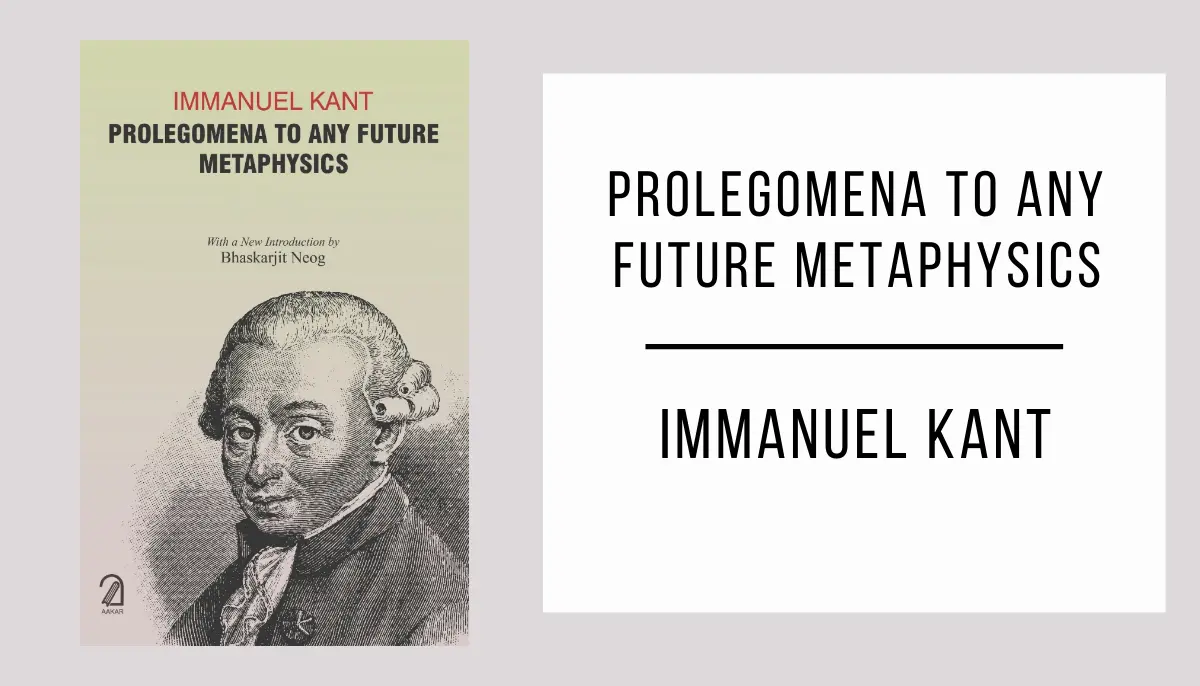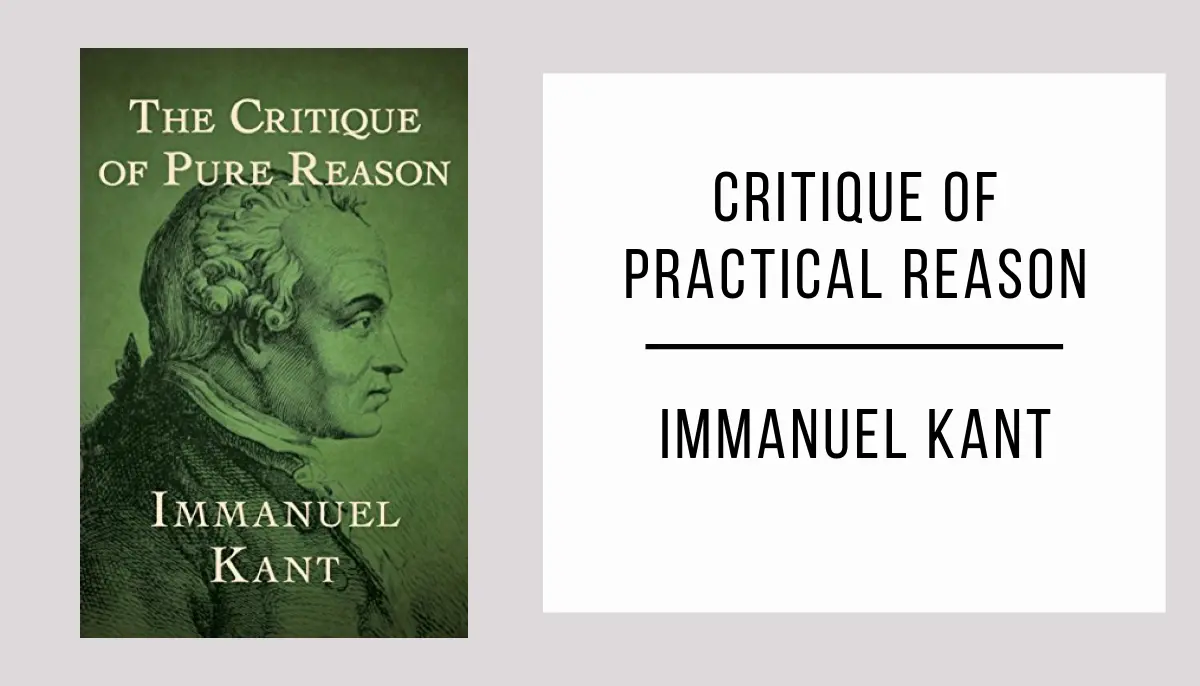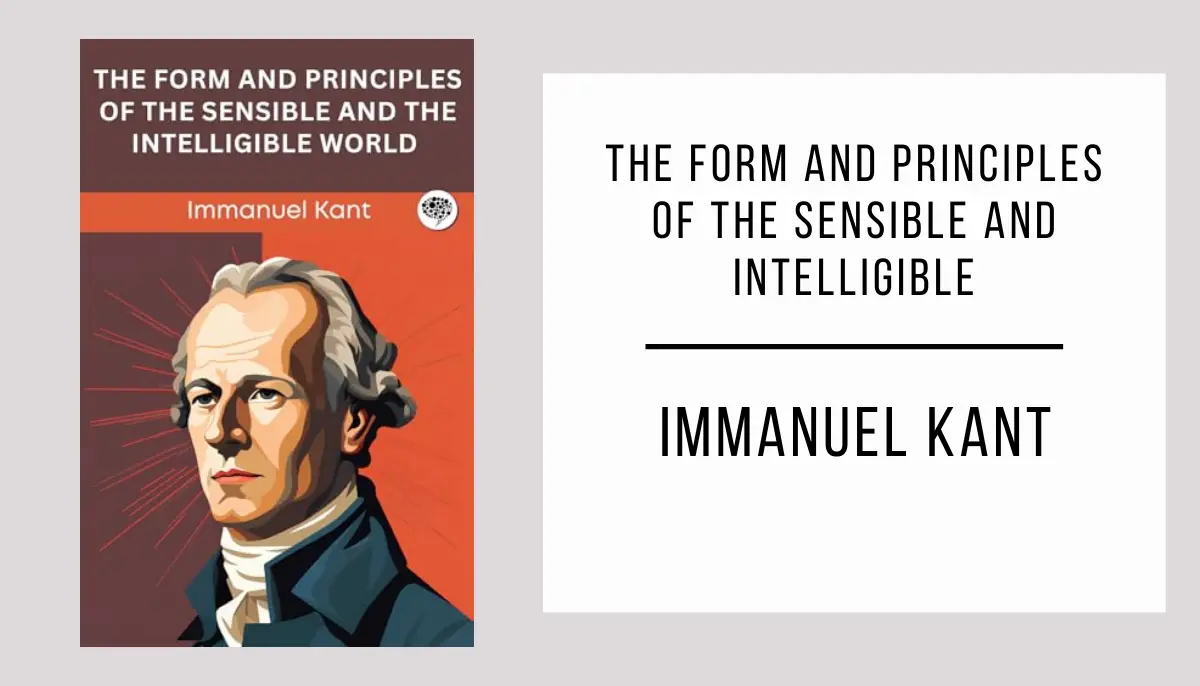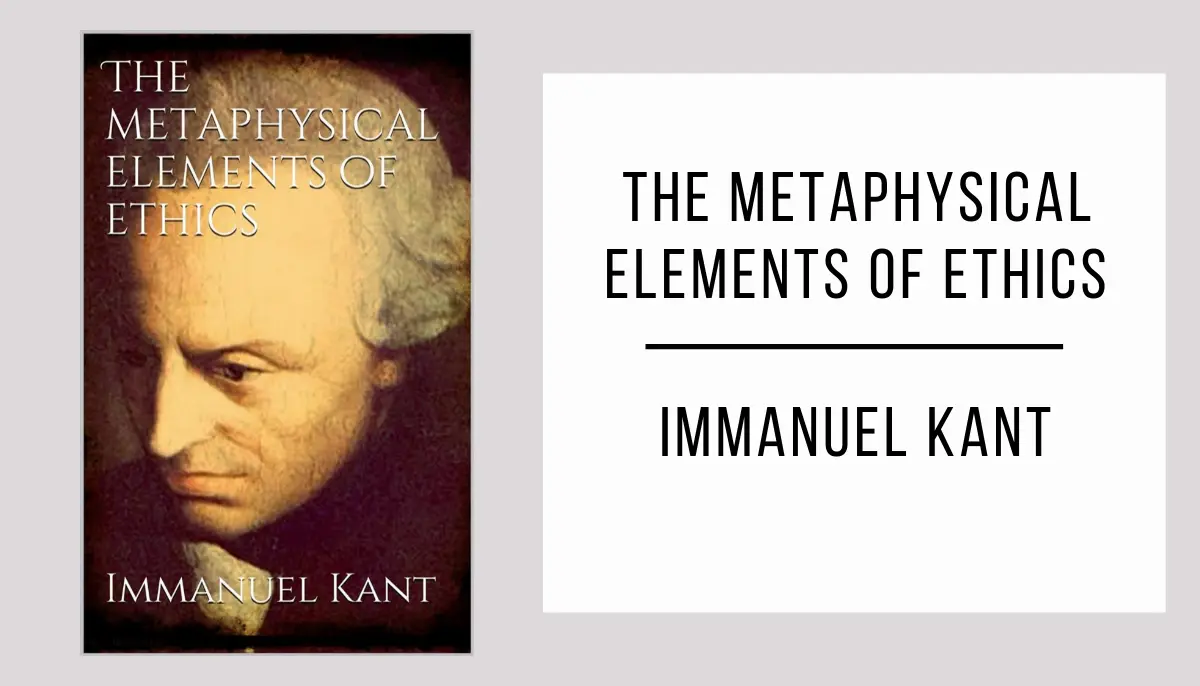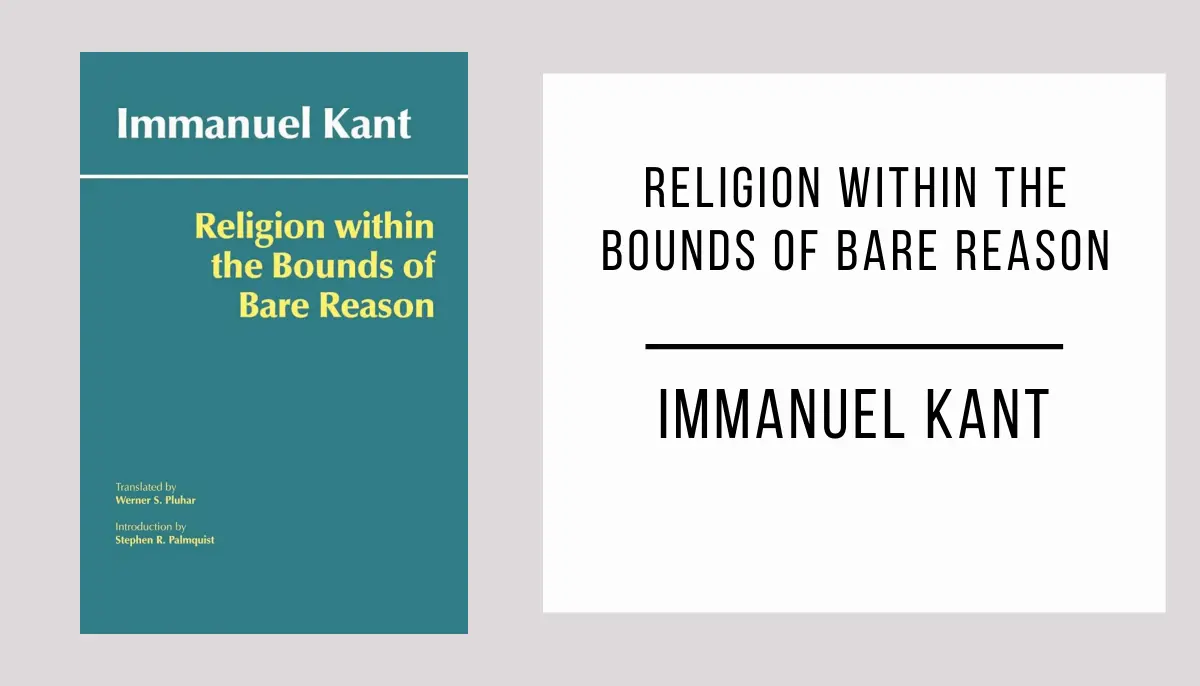“Critique of Judgment” by Immanuel Kant is a philosophical masterpiece that challenges the way we perceive the world and our understanding of beauty and truth.
Download it now and immerse yourself in the pages of “Critique of Judgment” in PDF format for free. An intellectual treasure accessible to everyone.
Don’t miss the opportunity to broaden your horizons and nourish your mind with the wisdom of Immanuel Kant. “Critique of Judgment” will challenge you to think deeply and revolutionize your perspective of the world.
Critique of Judgment in PDF format
*Wait a few seconds for the document to load, the time may vary depending on your internet connection. If you prefer, you can download the file by clicking on the link below.
Loading fileInformation Critique of Judgment
- Author: Immanuel Kant.
- Publication Date: 1790.
- Main Characters:
- There are no characters in the traditional sense, as it is a philosophical work.
- Brief Summary: “Critique of Judgment” is a philosophical work written by Immanuel Kant that examines the faculty of aesthetic judgment and its relationship with beauty and art. It also explores the idea of teleological judgment in relation to nature and purpose in the world. The work raises fundamental questions about aesthetic appreciation and the understanding of human experience.
- Thematic Analysis: “Critique of Judgment” addresses themes such as aesthetics, aesthetic judgment, beauty, art, nature, and purpose. Immanuel Kant seeks to understand the aesthetic experience and how we can appreciate and judge beauty. He also explores the relationship between nature and purpose, questioning whether there is a purpose or design in the natural world.
- Historical Context: “Critique of Judgment” was published in 1790, during the Enlightenment and the rise of critical thinking in Europe. Immanuel Kant, one of the most influential philosophers of the time, expanded on his earlier work, the “Critique of Pure Reason,” to address aesthetics and aesthetic judgment. His work laid the groundwork for the development of philosophical aesthetics and has had a lasting impact on subsequent philosophical and artistic thought.


